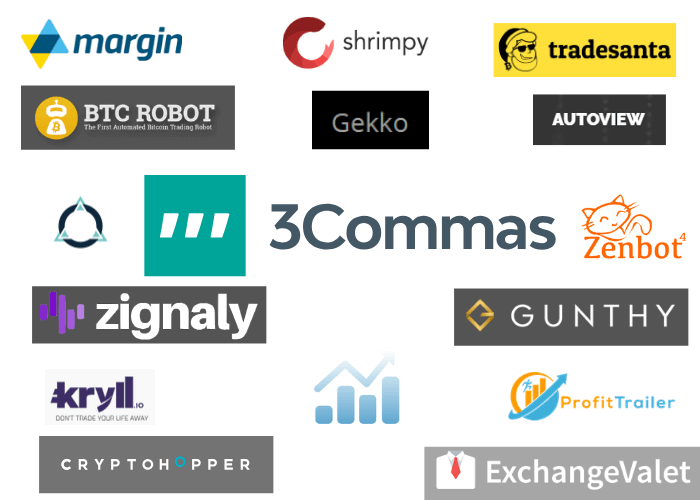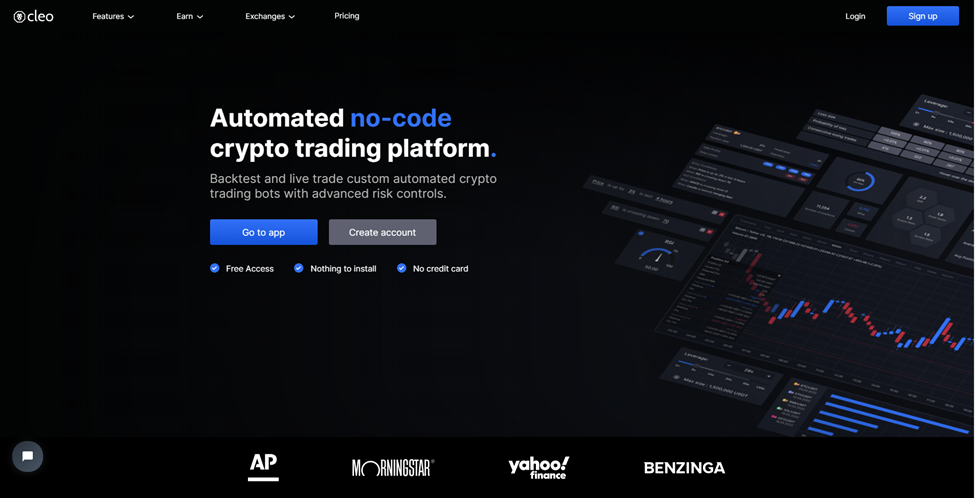New Hints For Picking Automated Systems
Wiki Article
What Are Fundamental Traders And Technical Traders In Automated Trading Systems
There are two kinds of traders two types of traders: fundamental and technical traders. They approach the markets in different ways. Technical traders and fundamental trader can also use different data analytics and technology in automated trading systems. To guide the decisions they make in trading, fundamental traders examine financial and economic information, such as corporate earnings as well as interest rates. They believe that changes in these variables drive market movement and that understanding the driving forces is vital to make well-informed trading decision. Technical traders, on the other hand, use chart patterns as well as technical indicators to make their trading decision. They think that patterns and previous market behaviour can give insight into the future direction of markets. This makes technical analysis more efficient than traditional analysis. For automated trading systems, it's possible that fundamental traders are more inclined than others to use algorithms which incorporate analysis and data from the fundamentals. Technical traders, on however, may employ algorithms that include technical indicators or chart patterns in their decision-making process. Fundamental traders and technical traders have different approaches to markets, and employ information and analysis differently when making their trading decision-making. These distinctions can also impact the kinds of trading platforms that automated traders utilize. Fundamental traders employ systems that blend analytical and fundamental data more often than traders who are technical Technical traders use systems that combine technical analysis more often. Read the top rated crypto bot for beginners for site tips including algo trade, algo trading platform, backtesting software forex, crypto strategies, best cryptocurrency trading bot, crypto backtest, algorithmic trading crypto, backtesting trading strategies free, position sizing, trading indicators and more.

Automated Trading Systems - Simple Moving Averages And Exponential
Exponential Moving averages, or EMA, as well as Simple Moving Averages, are both often used as technical indicators within automated trading systems. For example, to calculate a 50 day SMA one would add up the closing price of the currency pair over the past 50 days. Next, divide the result by 50 times.
The Exponential Moving average (EMA) is similar to the SMA however it is more weighted for recent prices. The EMA can be calculated by taking a weighted mean of closing prices. Prices that are older are given more weight over those with the most recent price. This is due to the EMA responds quicker to market changes that can be more responsive than the SMA.
Automated trading systems employ moving averages to discern trends and provide buying and selling signals. It is common to purchase when the price is over or below the median, and sell when it crosses below. You can also utilize moving averages to establish trends. A rising average can indicate an upward trend while a downward average is a sign of a decline.
EMA or SMA are two of the most popular technical indicators utilized for automated trading systems. They are used to detect and verify trends, create buy/sell signals, and also generate buy/sell signals. The decision between EMA and SMA will be based on the specific needs and goals of the trader, with the EMA being more flexible to market conditions changes as well as the SMA being an indicator that is more reliable of long-term trends. Take a look at the best backtesting in forex for site recommendations including position sizing, best crypto indicator, what is algorithmic trading, backtesting strategies, trading platform, crypto trading, best crypto indicators, what is algorithmic trading, algo trading platform, backtester and more.

What Are Bollinger Bands In Automated Trade Systems?
Bollinger bands are a form of technical indicator that is frequently used in automated trading platforms. They are comprised of three lines: a simple moving average (SMA) and two additional bands, which are plotted with a certain number of standard deviations in relation to the SMA. The asset's volatility determines the standard deviations that are used to determine the outer band. In automated trading systems, Bollinger Bands are often employed to determine potential shifts in the market. If the price goes outside the outer bands, it could signal a trend reversal, or an increase in volatility. If, however, prices are within the middle of the band, it might indicate that the market is stabilizing, and the possibility of a change in trend is more unlikely. The traders can also utilize Bollinger Bands along with other indicators of technical nature, such as momentum oscillators, to generate buying and selling signals. Some strategies involve buying when the price reaches the lower Bollinger bands and selling once it reaches the higher Bollinger bands. Bollinger Bands can be utilized as a technical indicator within automated trading systems. They identify market conditions changes and generate buy/sell signals. The decision on the decision to use Bollinger Bands will depend on the needs and objectives of the trader, as well as the individual style of trading and approach to market. Follow the best are crypto trading bots profitable for blog recommendations including algorithmic trade, backtesting, position sizing in trading, cryptocurrency trading bots, automated trading platform, crypto strategies, crypto strategies, position sizing, what is backtesting, algorithmic trading platform and more.

What Exactly Is Adx And What Is It Got To Do With Have To Do With Obv On-Balance Volume And Regression
The Average Directional Index, or ADX, is a indicator of technical quality that is utilized in analyses to gauge the strength a trend in a financial markets. It can be used to determine the strength and direction of an overall trend. It is calculated using the gap between two exponentially moving averages (EMAs) which are the low or high price of an asset. When using automated trading platforms, ADX is often used alongside other indicators, such as the +DI or -DI to produce sell and buy signals. On-Balance Volume (OBV), an indicator of momentum, utilizes volume changes to determine a trend's strength. OBV and ADX both are used in automated trading systems to provide signals to open and close positions. They can be utilized in conjunction to provide information that is complementary and different. OBV is an indicator of purchasing and/or selling pressure. It measures the cumulative volume and buy-and-sell transactions. ADX measures the strength and direction of the trend. Regression, in contrast is a method of statistical analysis to describe the relationship between a dependent variable with one or more independent variables. Regression analysis is a method used in trading to analyze the relationships between two variables, like prices and volumes as well as to find patterns and trends within the data. The particular objectives and the style of trading of each trader will affect the tools used.